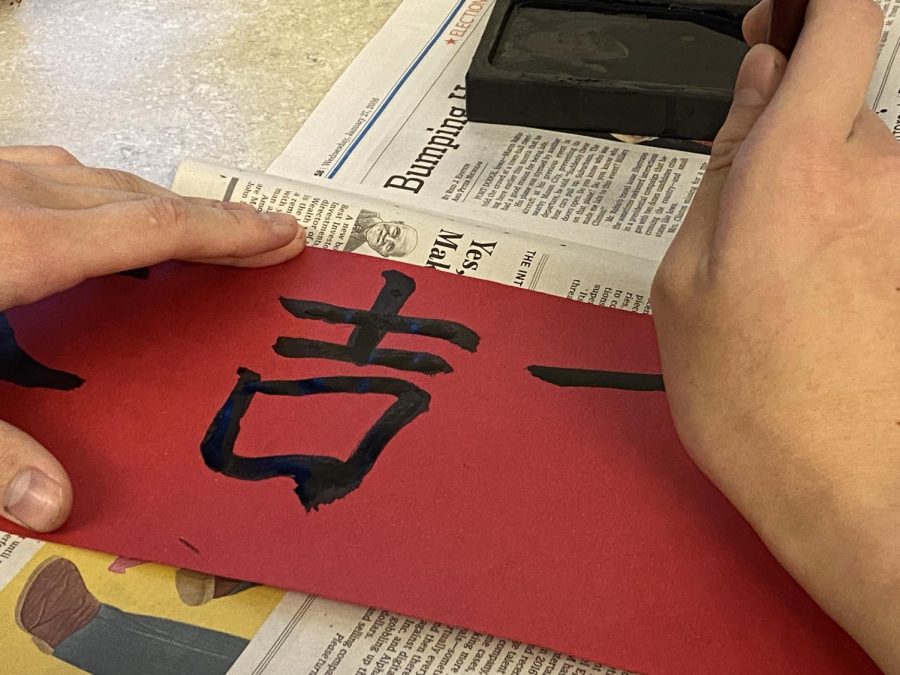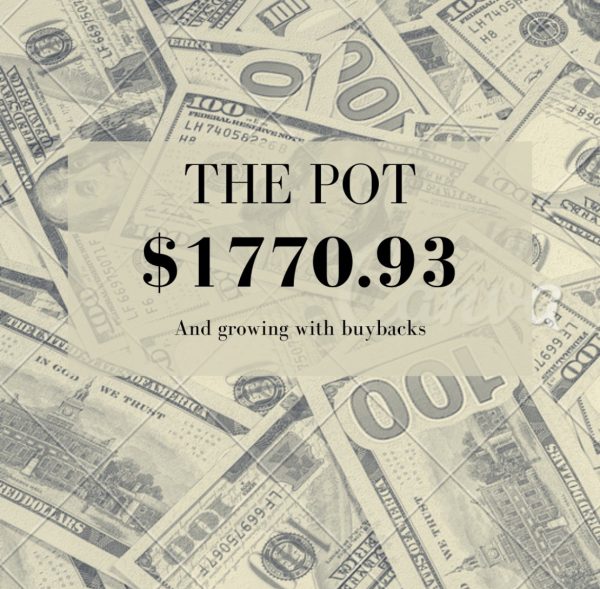Chinese New Year Tradition – Writing Chinese couplets
January 31, 2023
Chinese New Year, also known as New Year’s Eve, falls on Jan. 22. Celebrating Chinese New Year has been a cultural tradition in China since ancient times. People will eat large dinners, set off firecrackers, wear new clothes, put up window flowers, and stick couplets. People usually write or buy the couplets before the new year and put them on both sides of the front door before New Year’s Eve. The couplets usually consist of three parts: the first line, the second line, and the banner.
On Monday, Jan. 23, at 2:20 p.m., the National Chinese Honor Society held a New Year’s meeting. To celebrate the Chinese New Year and experience traditional culture, they held a couplet writing event. The traditional handwritten couplets usually require a brush, ink stone, ink, and red rice paper.
“I can experience many different things in this club,” Tzu-Liang Lin, a member of NCHS, said. Promoting traditional Chinese culture has always been a key point of NCHS, and there are many clubs centered around different countries in GP to help people understand the culture of different regions.
NCHS is only open to students who have completed at least one year of Chinese classes or are fluent in Chinese, and members of NCHS are expected to actively use Chinese to communicate. At the beginning of this meeting, members joined together to pay their respects and say new year wishes in Mandarin. “Happy New Year, congratulations!”, which means “Happy new year, wish you prosperity and wealth.”
“This event is a good way to show the culture of the region, and we can speak our first language in NCHS. It makes me feel very relaxed in this club,” Lin said.
After completing the couplets, members began to post them outside the Chinese classroom. One pair of couplets is now posted on the door of the classroom, and the other is kept inside the classroom. The couplet’s banner needs to be posted on top of the door, with the top couplet on the left side of the door and the bottom couplet on the right side of the door. The calligraphy and the red paper emphasize the atmosphere of Chinese New Year.







